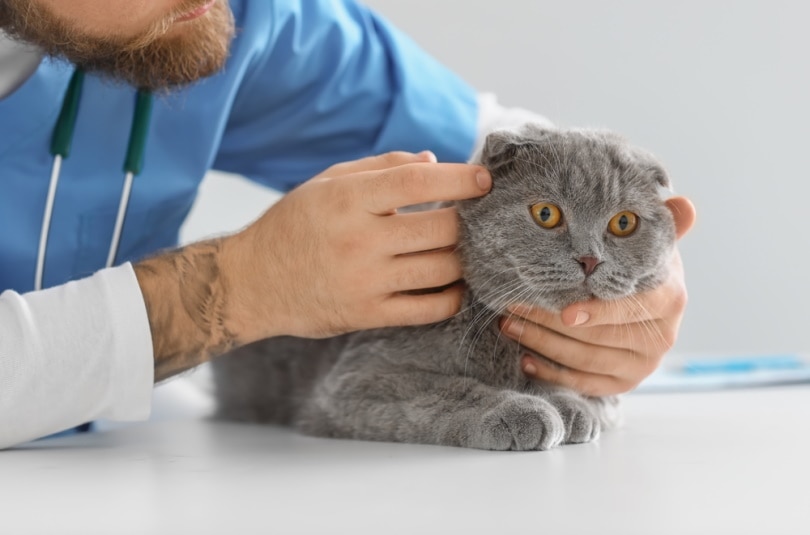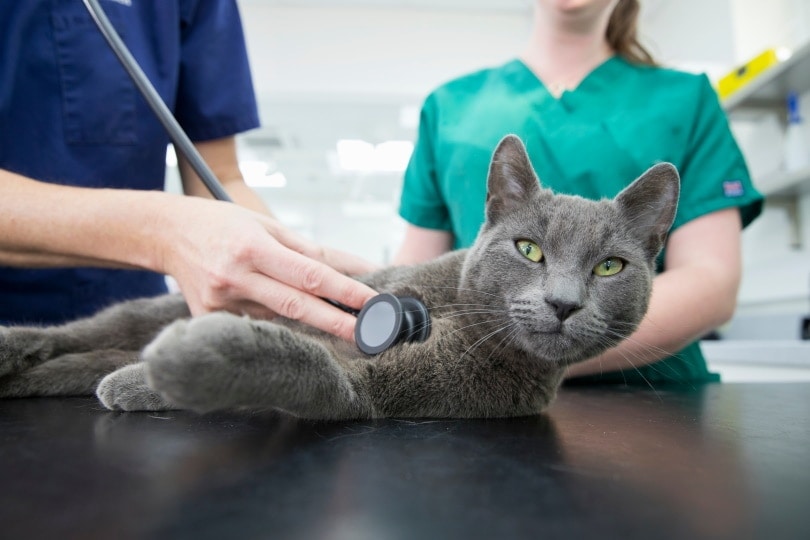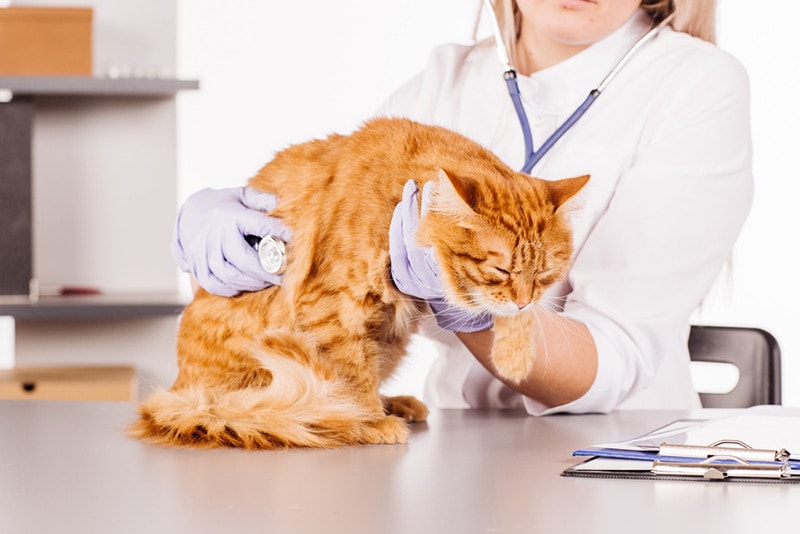As a pet parent, you want your cat to be happy, healthy, and well-cared for. From regular vet visits to feeding only high-quality, protein-rich food, you do everything in your power to ensure their well-being. However, illnesses and accidents can still happen.
One way to help protect your cat’s health is by monitoring their heart rate and understanding what a normal heart rate for cats should be. By checking their heart rate regularly, you can catch early signs of potential health issues and provide timely care.
How to Check Your Cat’s Heart Rate
Checking your cat’s heart rate at home can give you valuable insights, but it’s not a substitute for regular vet checkups. A veterinarian is trained to detect health issues that may not be immediately visible. However, learning how to check your cat’s heart rate can help you respond faster if something feels off with your pet.
Though it may take a few attempts, monitoring your cat’s heart rate is a straightforward process. Here are some simple methods:
Try these methods to check your cat’s heart rate:
- **Left Chest**: Gently place a finger on your cat’s left chest, just where their left elbow meets the body. This spot, known as the point of maximal impulse (PMI), is an ideal place to feel a heartbeat. If your cat is at a healthy weight, you may feel their ribs—cats have 13 pairs of ribs—so gently count up to rib 4 or 5, where you should detect a pulse.
- **Inner Thigh**: Place your finger gently on your cat’s inner thigh, moving through the fur to make contact with the skin. Here, you may feel a soft thumping from the femoral artery. Start with light pressure and increase slightly until you can feel a pulse.
- **Lower Neck**: For another pulse option, place your finger on your cat’s lower neck area to feel for the jugular artery’s pulse. Use a gentle touch to detect the rhythm here.
Once you find your cat’s heartbeat, count the beats for either a full minute (60 seconds) or as long as your cat remains still. If your cat moves before the minute is up, you can estimate the beats per minute (BPM) by counting for a shorter period and using a multiplier. For example, if you count for 15 seconds, multiply by 4; for 30 seconds, multiply by 2.

Challenges When Checking Your Cat’s Pulse
You may encounter some challenges when trying to feel your cat’s pulse:
- **Restlessness**: Your cat may not sit still long enough for you to find their pulse.
- **Obesity**: It can be challenging to feel the pulse of an overweight cat.
- **Purring**: If your cat starts purring loudly, it may make it difficult to focus on their heartbeat.
What Is a Normal Heart Rate for a Cat?
Now that you know how to check your cat’s heart rate, it’s essential to understand what their BPM should be. The average heart rate for a healthy adult cat at rest is between **120 and 160 beats per minute**. Remember, this range applies to a relaxed cat. A cat that’s excited, stressed, or active may have a higher heart rate. Also, kittens generally have faster heart rates than adult cats.
For accurate tracking, record your cat’s heart rate daily, noting the time and location (chest, thigh, or neck) where you measured it. Try to take readings at the same time each day for consistency.
Schedule a vet appointment if:
- You feel your cat’s pulse is abnormally strong or weak.
- The pulse seems irregular or varies significantly from previous readings.
- You have other health concerns about your cat that may suggest a cardiac issue.

Final Thoughts
Your cat is a cherished family member, and knowing how to check their heart rate can help you detect any potential health issues early on. If your cat’s heart rate seems unusually high or low, or if you’re concerned, it’s best to consult your veterinarian for a professional assessment.
While monitoring at home can be helpful, it is not a substitute for a veterinarian’s expertise. Schedule a vet check-up every six months to keep your cat in optimal health. A happy, healthy cat will be your loyal companion for years to come.
Featured Image Credit: Juice Flair, Shutterstock

